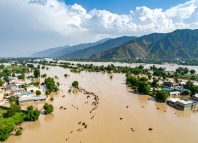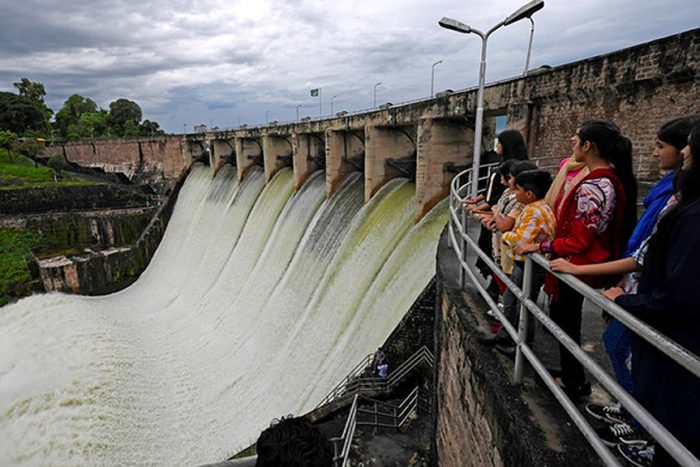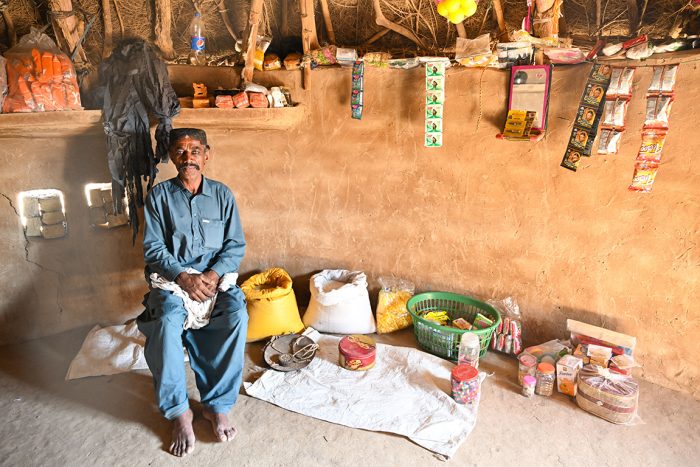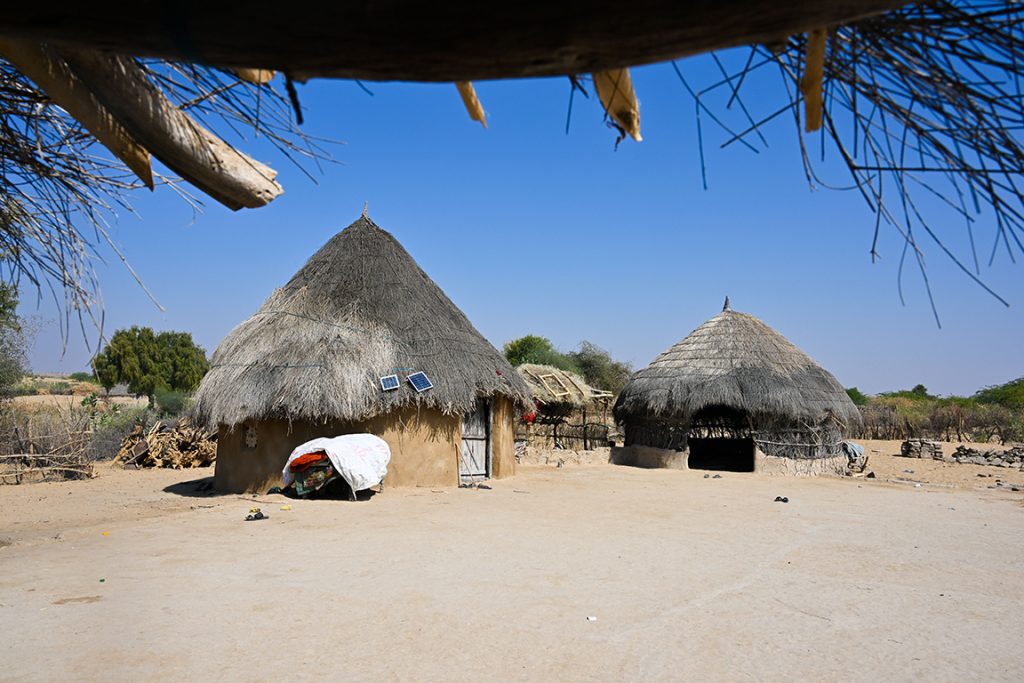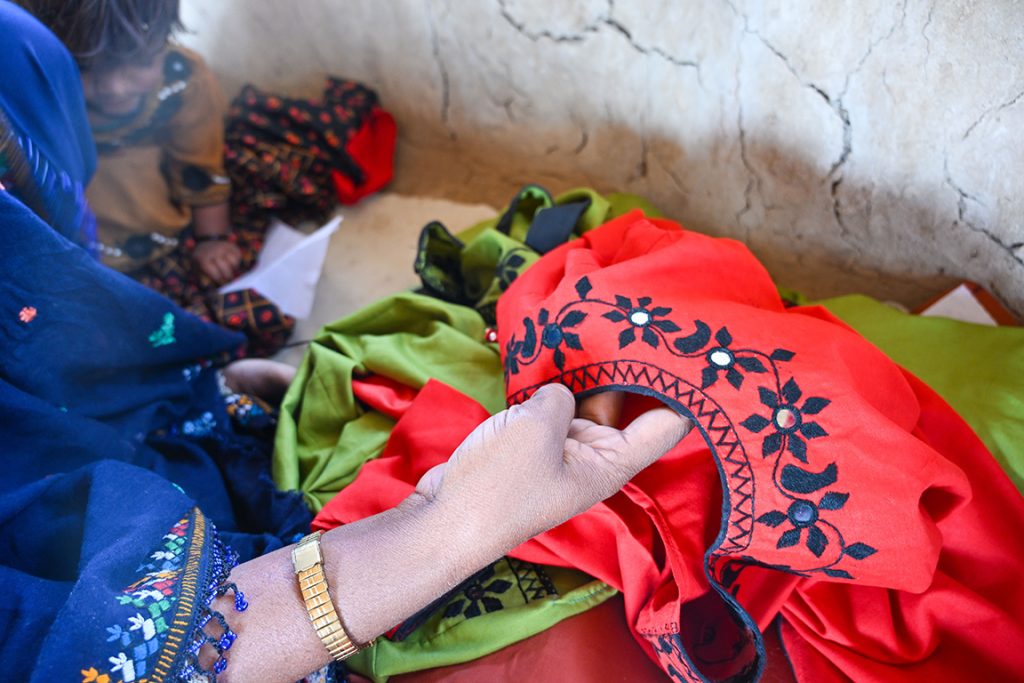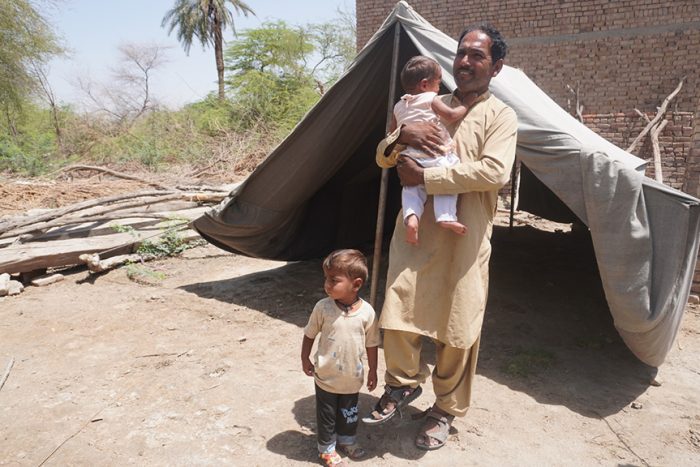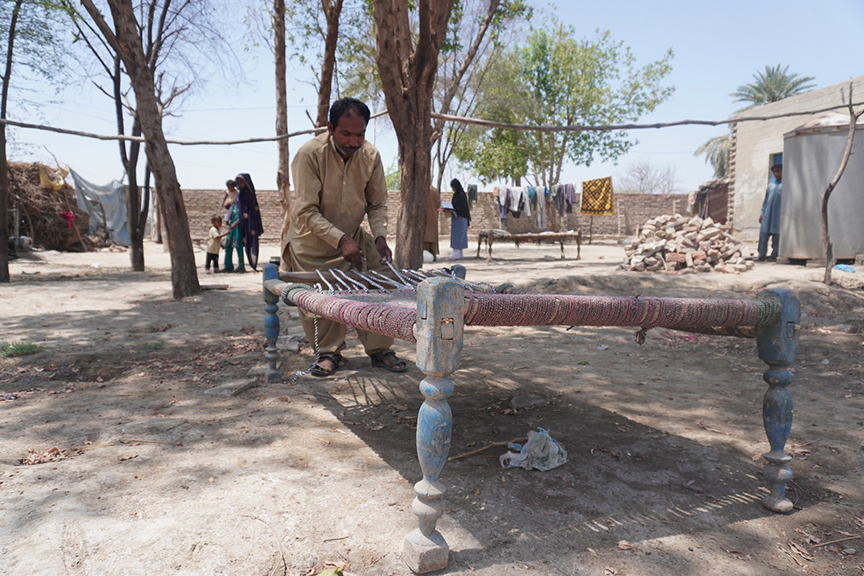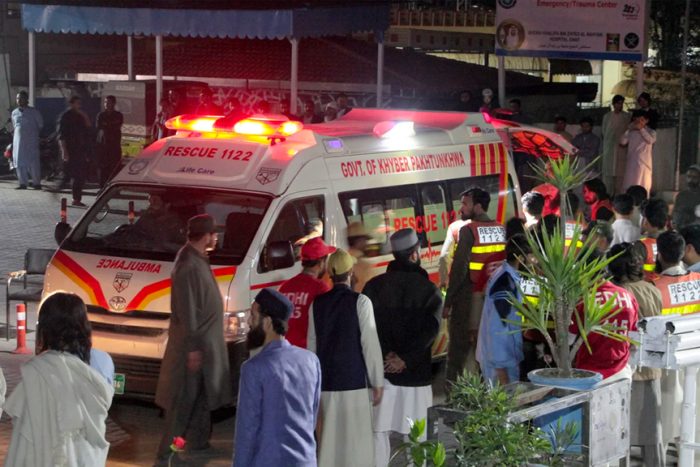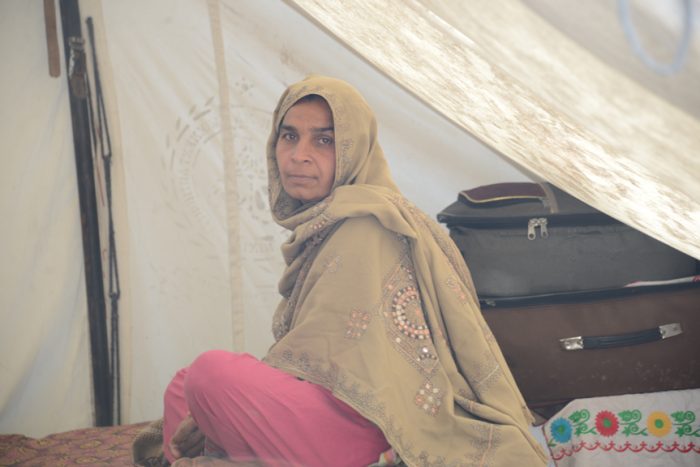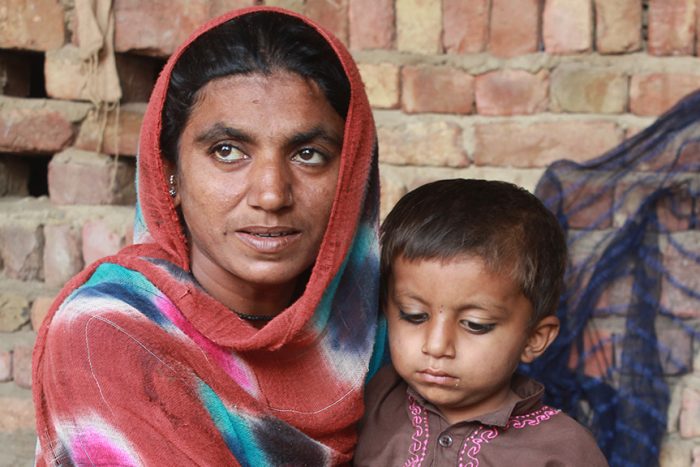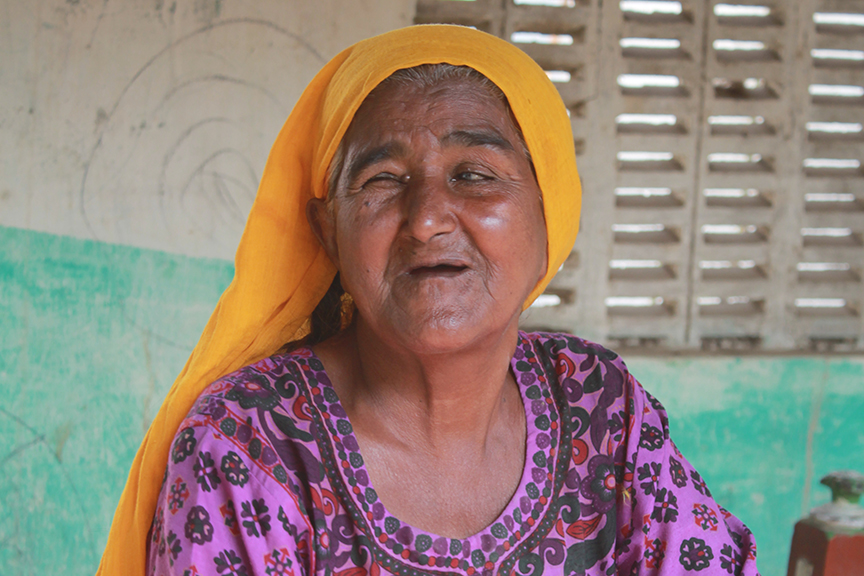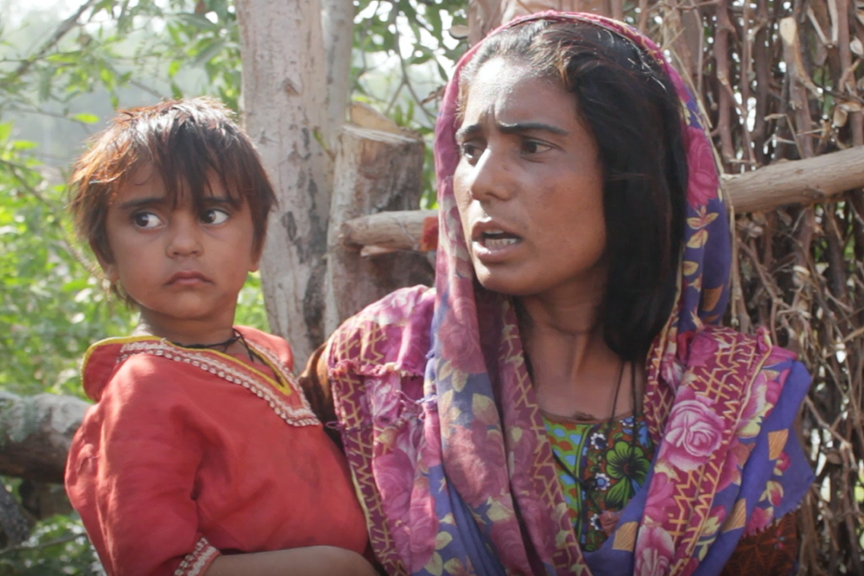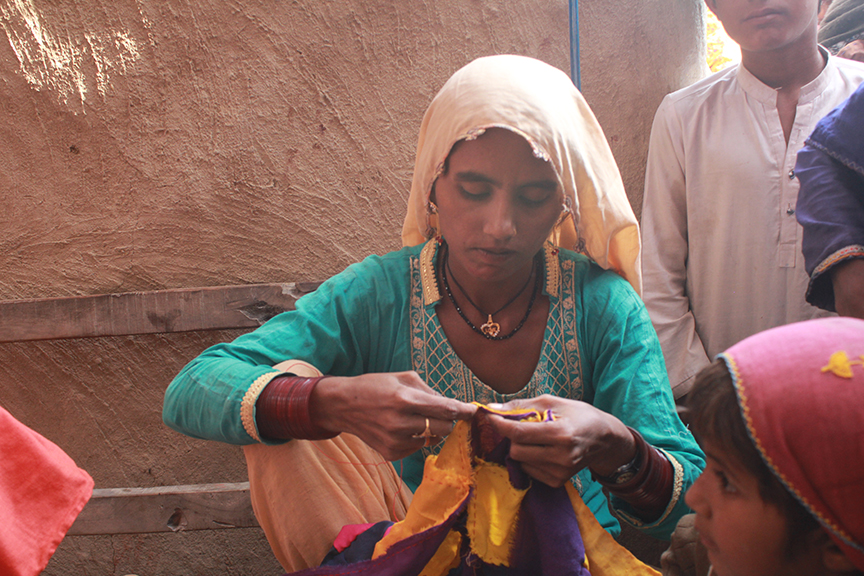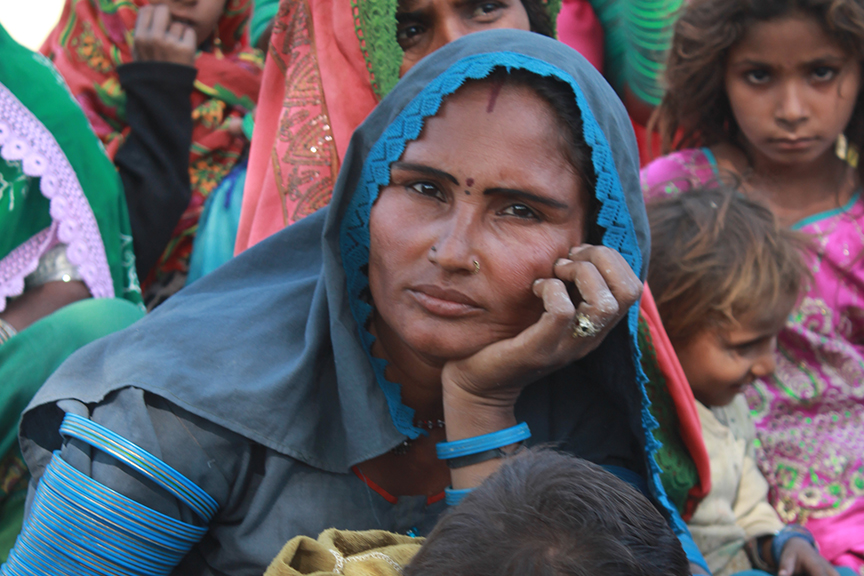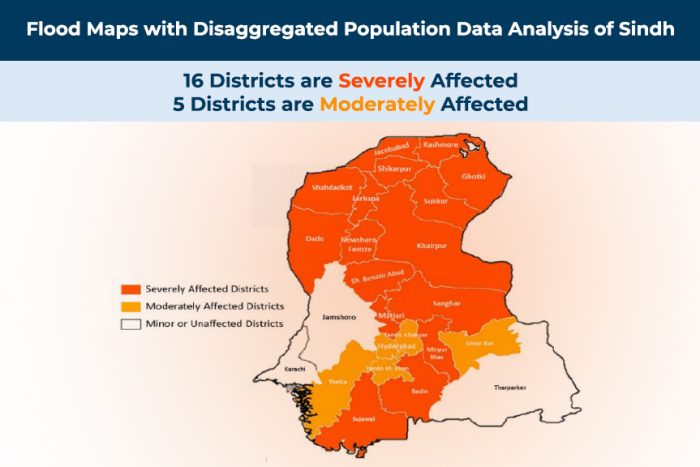Photo credit: www.arabnews.com
On Saturday, June 29th, the National Disaster Management Authority (NDMA) warned of expected monsoon rains affecting parts of Pakistan within the next 48 to 72 hours. Meanwhile the Pakistan Meteorological Department (Flood Forecasting Division) reported that the River Indus at Guddu & Sukkur (in Sindh province) are at a medium flood level. Since the onset of monsoon season on June 25th, the death toll from rain-related incidents has reached 173, with casualties including 72 children and 32 women.
According to NDMA’s latest report, recent spells of rains have resulted in the complete destruction of 258 houses and partial damage to 1,227 houses nationwide. In Sindh province, six union councils in Dadu district have been affected by flooding, impacting an estimated 183 villages and 102, 268 individuals. Main roads connecting the district are left submerged in water, leading people to use alternate routes for access1.
Pakistan’s key water reservoirs in Mangla and Tarbela are approaching maximum conservation levels (MCL) amid monsoon rains. Moderate flash floods in River Kabul tributaries and hill torrents in DG Khan are also anticipated, while the NDMA warns of the Sukkur Barrage experiencing high flood levels by July 31st. Moreover, a latest Pakistan Meteorological Department report forecasts a possibility of thunderstorms with lightning and rainfall in Punjab, Khyber Pakhtunkhwa, Gilgit-Baltistan, Islamabad, and Azad Jammu and Kashmir in the coming days.
Last year’s monsoon season left about one-third of the country flooded, claiming nearly 1,700 lives and an estimated damage of over $30 billion.
Community World Service Asia Response:
Community World Service Asia’s emergency team is in communication with relevant stakeholders, including local authorities, disaster management agencies, and expected affected communities to ensure effective coordination and a timely response. Our team is closely monitoring the situation and will immediately start relief operations when and if required. While focusing on preparedness, CWSA has developed a robust emergency response plan that outlines specific roles, responsibilities, and procedures to ensure a coordinated and efficient flood response.
Contacts:
Shama Mall
Deputy Regional Director
Programs & Organizational Development
Email: shama.mall@communityworldservice.asia
Tele: 92-21-34390541-4
Palwashay Arbab
Head of Communication
Email: palwashay.arbab@communityworldservice.asia
Tele: +92-21-34390541
Sources:
www.ndma.gov.pk
www.arabnews.pk
https://pdma.gos.pk
https://reliefweb.int
1 This information was also shared by UNOCHA, Pakistan.

